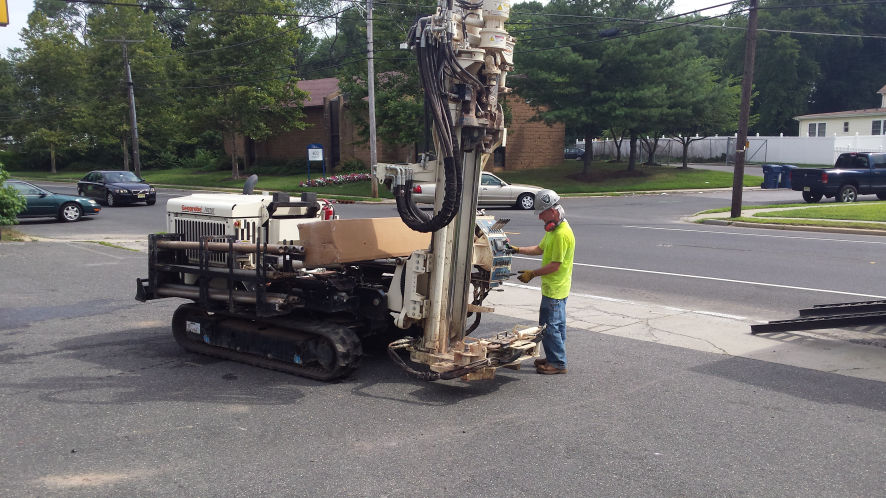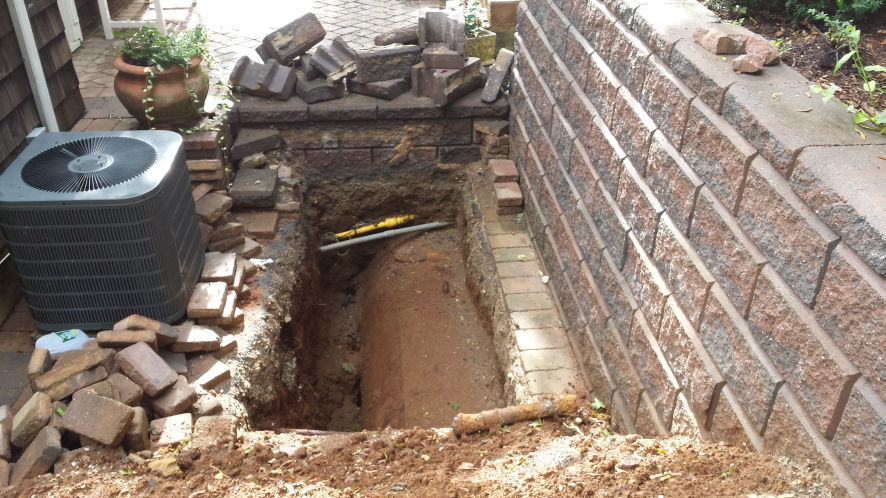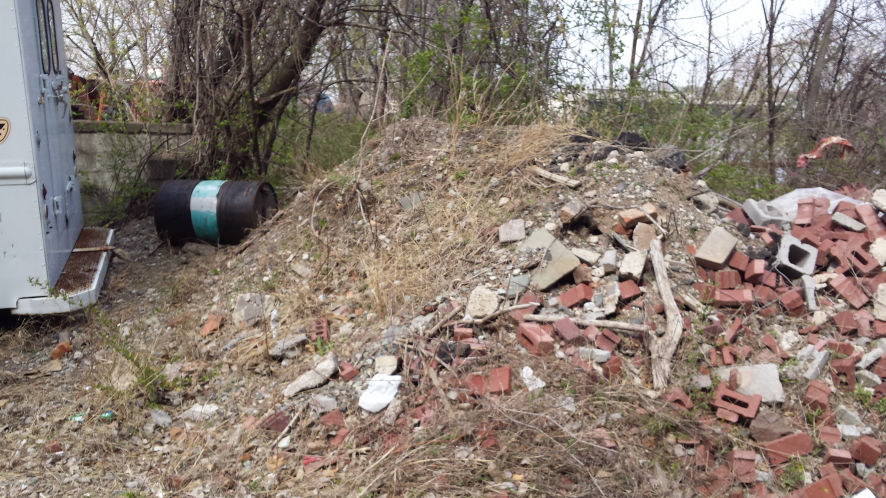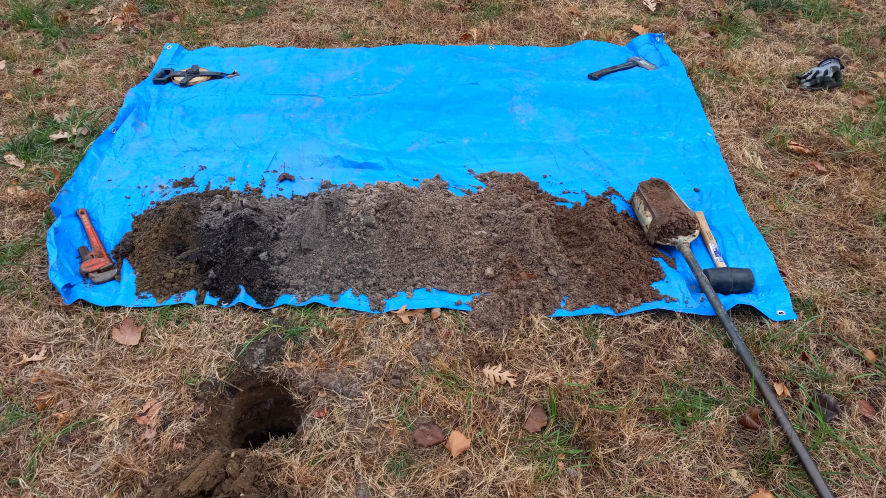
Soil Bearing Capacity (732) 291-5030
Soil bearing capacity is a soil test completed to determine the soil bearing strength below a home or building to prevent settlement. We do Soil Bearing Capacity Testing for Builders, Developers, Homeowners, and Architects in New Jersey. Call us for an estimate.




